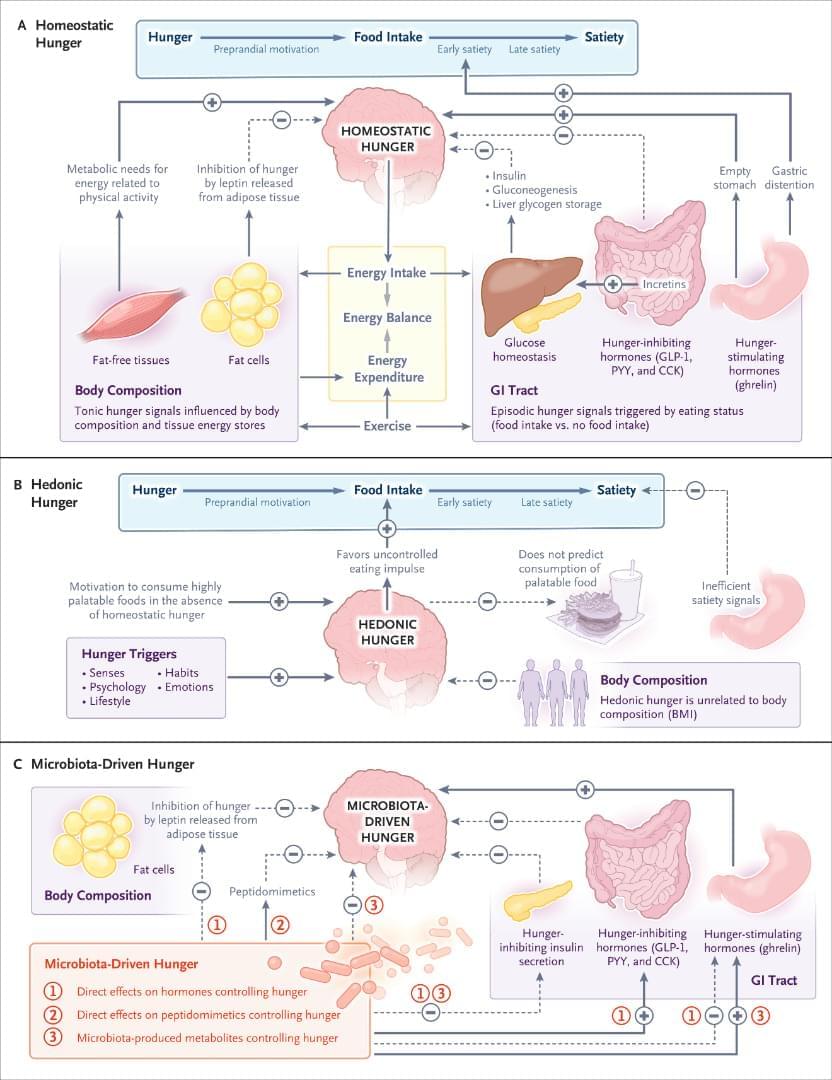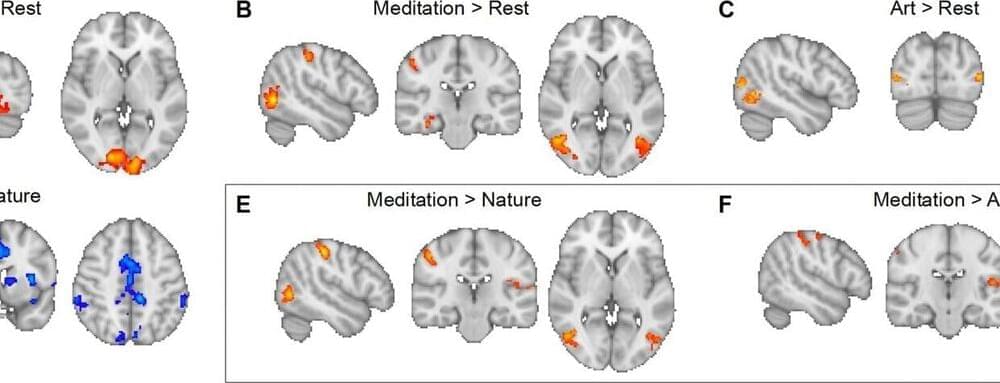Read “The Physiology of Hunger,” the latest review in the Nutrition in Medicine series, by Alessio Fasano, MD, from Massachusetts General Hospital, Harvard Medical School, Harvard T.H. Chan School of Public Health, and Fondazione EBRIS.



Like humans, mice will compete over territory and mates, and show increased confidence in their fighting skills the more they win. At first, a brain chemical called dopamine is essential for young males to master this behavior. But as they gain experience, the chemical grows less important in promoting aggression, a new study shows.
Dopamine has been linked to male aggression for decades. How past experiences might influence this relationship, however, had until now been unclear.
In experiments in rodents, a team led by researchers at NYU Langone Health boosted activity in dopamine-releasing cells in a part of the brain called the ventral tegmental area. The findings revealed that in inexperienced male fighters, this led the animals to attack for twice as long as they would have fought naturally. When the cells were blocked, the novice mice would not fight at all.

The ability to regulate one’s own food intake is essential to the survival of both humans and other animals. This innate ability ensures that the body receives the nutrients it needs to perform daily activities, without significantly exceeding calorie intake, which could lead to health problems and metabolic disorders.
Past neuroscience studies suggest that the regulation of food intake is supported by specific regions in the brain, including the hypothalamus and caudal nucleus of the solitary tract (cNTS), which is part of the brainstem. This key region in the brainstem is known to integrate sensory signals originating from the gut and then transform them into adaptive feeding behaviors.
While previous research has highlighted the key role of the cNTS in food intake regulation, the unique contribution of the different neuron subtypes within this brainstem region and the mechanisms by which they regulate feeding remain poorly understood. Better understanding these neuron-specific mechanisms could help to devise more effective therapeutic interventions for obesity and eating disorders.

Past research suggests that meditation and exposure to art or nature can positively impact people’s well-being and brain health, in some cases even reducing stress and supporting the processing of emotions. Yet most past studies focused on each of these experiences individually, rather than comparing their effects on brain activity.
Researchers at University of California Los Angeles set out to examine the brain activation patterns associated with a visualization-based transcendental meditation of connecting to the cosmic soul and compare them to those from people watching evocative digital art or nature videos.
Their findings, published in Frontiers in Human Neuroscience, suggest that these different types of transcending experiences prompt different brain activation patterns.

Mechanisms underlying gut microbiota’s role in obesity
Energy absorption and short-chain fatty acids
Gut microbiota regulate energy metabolism through short-chain fatty acids (SCFAs) like acetate, butyrate, and propionate, which are products of fiber fermentation. While butyrate promotes insulin sensitivity and reduces inflammation, propionate may trigger overeating. Dysregulated SCFA production can contribute to obesity by enhancing energy absorption, disrupting appetite regulation, and promoting fat accumulation. Recent findings suggest that modulating SCFA production through dietary interventions can help regulate energy balance and improve metabolic health. Maintaining SCFA balance through diet or microbial modulation holds promise for obesity management.
Dive into the fascinating world of the Cori Cycle, also known as the lactic acid cycle! 🏋️♂️💡 In this video, we’ll explore how your body manages energy during intense exercise by recycling lactate from muscles back into glucose in the liver.
Thank You For Watching.
Please Like And Subscribe to Our Channel: / easypeasylearning.
Join this channel to get access to perks:
/ @easypeasylearning.
Like Our Facebook Page: / learningeasypeasy.
Join Our Facebook Group: / 460057834950033
Support Our Channel: / supereasypeasy.

It’s become increasingly clear that the gut microbiome can affect human health, including mental health. Which bacterial species influence the development of disease and how they do so, however, is only just starting to be unraveled.
For instance, some studies have found compelling links between one species of gut bacteria, Morganella morganii, and major depressive disorder. But until now, no one could tell whether this bacterium somehow helps drive the disorder, the disorder alters the microbiome, or something else is at play.
Harvard Medical School researchers have now pinpointed a biologic mechanism that strengthens the evidence that M. morganii influences brain health and provides a plausible explanation for how it does so.
Trump—flanked by larry ellison, sam altman, & masayoshi son—announces project stargate.
Trump announces Project Stargate, a $500 billion initiative backed by major tech leaders, aimed at revolutionizing U.S. AI infrastructure, creating jobs, and enhancing healthcare through advanced technologies. AI Infrastructure and Economic Impact.
🏗️Project Stargate, a $500+ billion AI infrastructure initiative, aims to construct colossal data centers and physical campuses across the US, potentially creating over 100,000 American jobs.
🌐The project will build physical and virtual infrastructure to power next-generation AI advancements, with Oracle, SoftBank, and Microsoft as key partners, establishing a new US-centered industry. ## Healthcare Applications.
S AI will enhance healthcare by providing doctors with condition-specific treatment plans based on data from top hospitals like Memorial Sloan Kettering and Stanford. ” + s cancer research focuses on early detection via blood tests, personalized vaccines designed using AI in 48 hours, and robotically-produced mRNA vaccines. ” +## Technological Advancements.
S AI-driven approach promises to accelerate cancer treatment development, potentially leading to unprecedented cure rates. ” + 📊The initiative will leverage AI to improve electronic health records, benefiting patients in underserved areas like Indian River Reservation.

F Y I [ https://exploredeepspace.com/](https://exploredeepspace.com/)
Find the latest news articles at Interesting Engineering. Our articles consist of current news stories, articles, and critical innovations in mental, physical for men and women, and more.

As humans age, their brain function can progressively decline and they become more vulnerable to developing neurodegenerative diseases, such as dementia. Dementia and other progressive neurological conditions can significantly impair their memory, thinking skills and daily functioning, significantly reducing their quality of life.
Many psychology and neurological studies have tried to identify biological markers and lifestyle factors that can contribute to the development of dementia. Yet the contribution of psychological characteristics (e.g., traits, emotional well-being and cognitive resilience) to a decline in mental functions remains poorly understood.
Researchers at University of Barcelona, University College London (UCL), Normandy University and other institutes across Europe recently set out to fill this gap in the literature, by trying to determine whether specific sets of psychological characteristics relate to brain health in middle and late adulthood. Their paper, published in Nature Mental Health, identified three key psychological profiles that were linked to different cognitive and mental health trajectories after middle-age.